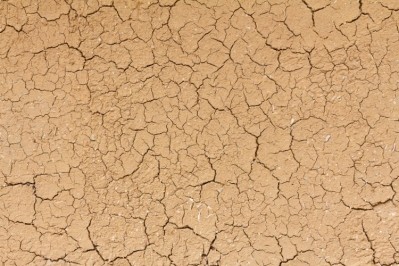Australian red meat sector showing steady growth

According to the Australian red meat and livestock industry State of the Industry Report 2019, launched by the Red Meat Advisory Council (RMAC), the country’s red meat and livestock industry turnover was $65.7bn in 2017-18, up 1% on revised 2016-17 figures and up 38% since 2012-13.
The report, compiled by Meat & Livestock Australia (MLA) on behalf of the red meat industry, provides an overview of Australia’s red meat and livestock industry, including figures on production, consumption, exports, and the economic significance of the industry.
MLA managing director Jason Strong said the report highlighted that while Australia is a relatively small producer of red meat, it plays a big role in global export markets.
“Continued diversification of export destinations has allowed Australia to maximise returns and help mitigate exposure to market and trade risks,” he said. “Australia exported 65% of beef, 73% of sheep meat and 90% of goat meat production in 2018, valued at more than $13.5bn. This makes Australia the world’s largest red meat exporter by value.
“Australia is also a major player in the livestock export trade, exporting 1.1 million cattle and 1.2 million sheep, worth a combined $1.5bn in 2018.
“Red meat and livestock exports totalled approximately $15 billion in 2017-18, down 13% year-on-year, but approximately 59% above 2012-13 levels.”
Australia drought
The report also highlighted the impact of the drought affecting Australia. It said that one of the worst periods of drought on record has severely impacted the ability of many producers to breed and grow stock, leading to widespread destocking of cattle, lambs and sheep across Australia. As well as the drought, flooding in far north Queensland in February 2019 caused major stock losses and damage to production infrastructure, and warned that the impact of both events will continue to be felt for a number of years as producers look to rebuild their herds and flocks.
RMAC chief executive officer Anna Campbell said the report is an important tool for highlighting key flashpoint areas for the industry and policy makers, including market access to the European Union, the rise of alternative proteins and the impact of natural disasters.
“Improving trade access into emerging and currently restricted markets is critical for the ongoing competitiveness and prosperity of the Australian red meat and livestock industry,” Campbell said.
“The industry is operating in an environment where total world meat consumption continues to increase. Over the last two decades, total global consumption has increased by 64% at an average rate of 2% per year for sheep meat and 1% for beef.
“Domestically, Australia is one of the world’s largest per capita consumers of beef and sheep meat. In 2018, we consumed three and five times the global consumption averages for beef and sheep meat respectively.”
Campbell said the report shows that despite ongoing challenging seasonal conditions experienced by the industry, the number of red meat and livestock businesses remained relatively stable at 80,300.
“The number of businesses within the red meat and livestock industry has remained relatively constant over recent years, with a growth of 4.6% between 2012-13 and 2017-18,” Campbell said. “The relatively small increase in number of businesses contrasts with larger increases in turnover of 31% and industry value add of 67%.”












